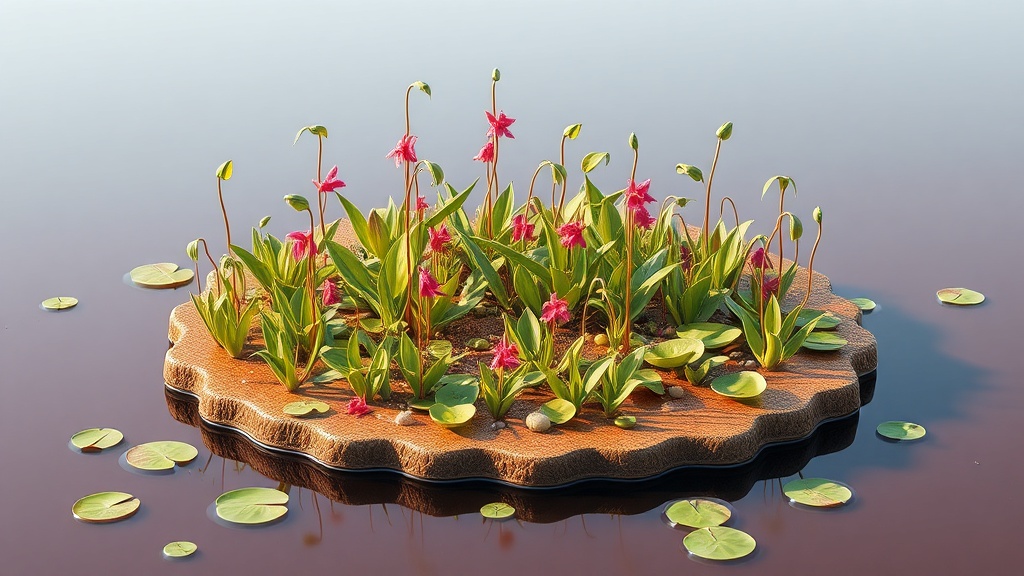Home / Environment / Floating Wetlands: Nature's Powerful Water Purifiers
Floating Wetlands: Nature's Powerful Water Purifiers
18 Oct
Summary
- Floating wetlands mimic natural ecosystems to filter nutrients and pollutants
- Larger floating wetlands are more cost-effective per kilogram of nutrients removed
- Floating wetlands can be a valuable option for low- and middle-income countries

As of October 2025, floating wetlands are emerging as a powerful and cost-effective solution for cleaning up polluted water bodies worldwide. These artificial ecosystems, which use fast-growing plants to absorb nutrients and break down pollutants, are being deployed in rivers, lagoons, and wastewater treatment ponds to tackle issues like excess nitrogen, phosphorus, and pesticides.
Recent research has found that floating wetlands can be competitive with traditional engineering solutions in terms of cost, especially as the scale of the projects increases. Larger floating wetlands are more efficient at removing pollutants per kilogram, and they can be particularly valuable in low- and middle-income countries where affordable, low-energy treatment systems are urgently needed.
Experts say that nature often outperforms hard engineering when it comes to water filtration, and that engineers are increasingly recognizing the power of natural solutions. Floating wetlands mimic the functions of natural ecosystems, leveraging plant roots and microbial communities to clean up contaminated water bodies.




